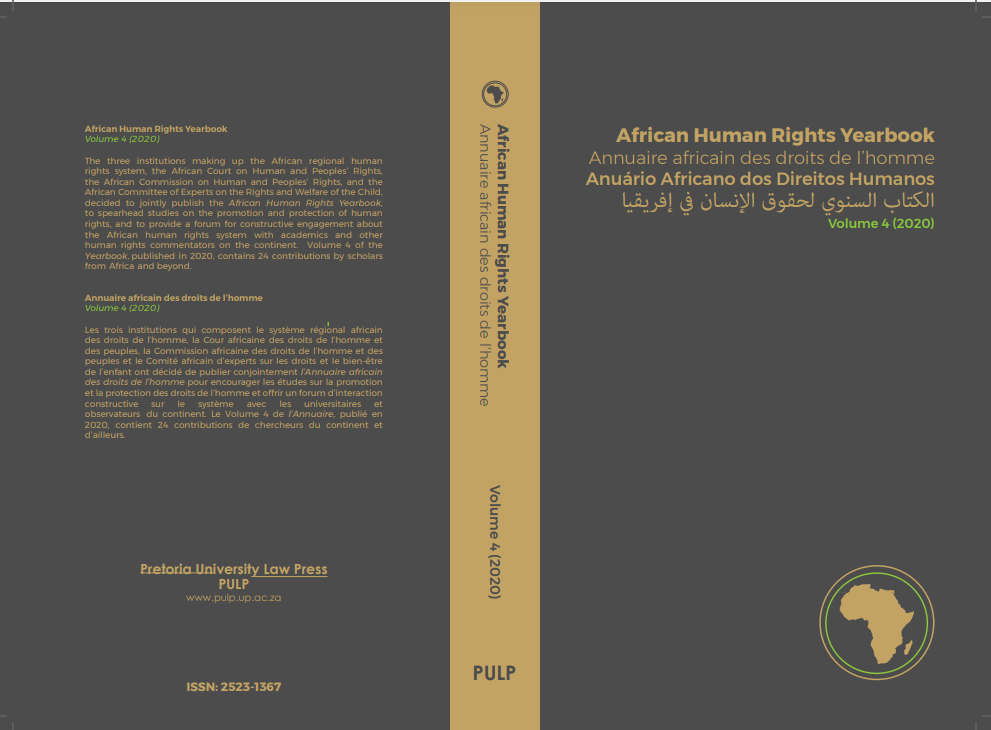A bundle of mystery? Unpacking the application of the ‘bundle of rights and guarantees’ in the admissibility of applications before the African Court on Human and Peoples’ Rights
DOI:
https://doi.org/10.29053/2523-1367/2020/v4a10Keywords:
bundle of rights and guarantees, admissibility of applications, African Court on Human and Peoples’ Rights, fair trialAbstract
ABSTRACT:Starting with its judgment in Alex Thomas v Tanzania, the African Court on Human and Peoples’ Rights (Court) introduced the ‘bundle of rights and guarantees’ as a justification for overruling objections to the admissibility of cases on the ground that there had been a failure to exhaust domestic remedies. Although this justification has, subsequently, and with consistency, been applied in several other cases, the Court is yet to properly explain what the ‘bundle’ entails. This article is an assessment of the Court’s jurisprudence dealing with the ‘bundle of rights and guarantees’. It explores the possible existence of the ‘bundle’ approach in international human rights law, generally, after which it focuses on some of the issues that the Court’s application of ‘bundle of rights and guarantees’ implicates. The article notes that the Court’s failure to provide comprehensive justification for the ‘bundle’ approach creates an aura of mystery and undermines the transparency that normally ought to attach to judicial reasoning.
TITRE ET RÉSUMÉ EN FRANCAIS: Un faisceau de mystère? Évaluation de l’application du «faisceau de droits et garanties» dans la recevabilité des requêtes devant la cour africaine des droits de l’homme et des peuples RÉSUMÉ:
À partir de son arrêt Alex Thomas c. Tanzanie, la Cour africaine des droits de l’homme et des peuples (la Cour) a introduit la notion de «faisceau de droits et garanties» pour justifier le rejet des exceptions à la recevabilité des requêtes au motif que les recours internes n’ont pas été épuisés. Bien que cette justification ait, par la suite, et avec constance, été appliquée dans plusieurs autres affaires, la Cour n’a pas encore pleinement expliqué ce qu’implique le «faisceau». Le présent article évalue la jurisprudence de la Cour relative au «faisceau de droits et garanties». Il explore la possibilité de l’existence d’une approche de «faisceau de droits et de garanties» en droit international des droits de l’homme en général, après quoi il s’attarde sur certaines des implications de l’application par la Cour de ladite approche. L’article note que le fait que la Cour n’a pas développé une justification approfondie de la notion de «faisceau» crée une aura de mystère et ne garantit la transparence que devrait normalement revêtir le raisonnement juridique.


